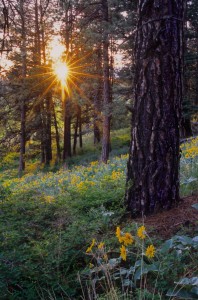by Catherine Haug, February 2, 2011; updated February 17, 2010
Recap of developments: January 28, 2011, the USDA approved and deregulated GMO alfalfa. February 4, 2011 the USDA approved another planting of GMO sugar beets, despite a federal judge’s ruling against the crop in 2010.
Now, according to a Feb 16, 2011 article on Natural News, the Center for Food Safety (CFS) plans to sue the USDA and Monsanto over GMO alfalfa just as it successfully sued over GMO sugar beets last year.
What is GMO/GE? What does this have to do with Organics and Sustainability? Read on for more on all of these topics. (more…)

